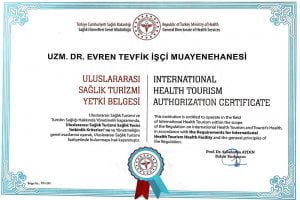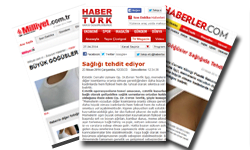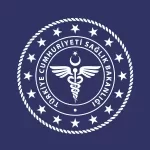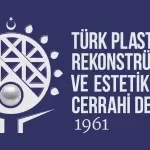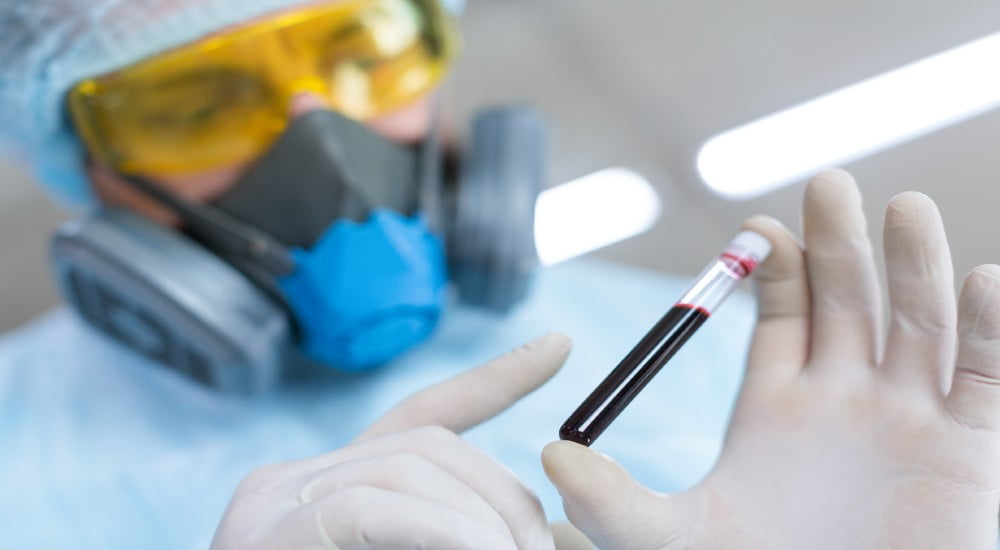
-
by Op. Dr. Evren Tevfik İşçi
PRP treatment is a frequently preferred procedure in order to eliminate different skin problems in both men and women. PRP, an abbreviation of Platelet Rich Plasma, stands for Platelet-rich plasma fluid.
In the PRP treatment, which creates a rejuvenating effect on the skin, an average of 20 cc of blood is taken from the patient. Using a special centrifuge device, rich plasma is obtained from platelet cells. The obtained platelet cells provide the treatment of the tissue, while in a way, they take on the role of stem cells. The procedure is performed by injecting the plasma liquid rich in platelet cells, which is obtained by processing the person’s blood, into the area to be treated.
PRP is applied to restore, rejuvenate and tighten the skin, which has been wrinkled, worn and lost its vitality due to various reasons. Cell repair and wound healing are provided by growth factors secreted from platelet cells. Another task of the secreted growth factors is to support the skin by increasing the production of collagen and new capillaries. Due to the benefits it provides, PRP is an effective treatment method for skin rejuvenation, spot treatment, wound healing, fine lines, wrinkles, acne scars, and hair loss.
PRP, which is very effective in solving the aging problem of the skin, can be applied to areas of the body such as neck, hair, face, and décolleté. Wrinkles and paleness that occur in the said areas are reduced due to PRP injection, and the skin gains flexibility and a brighter appearance.
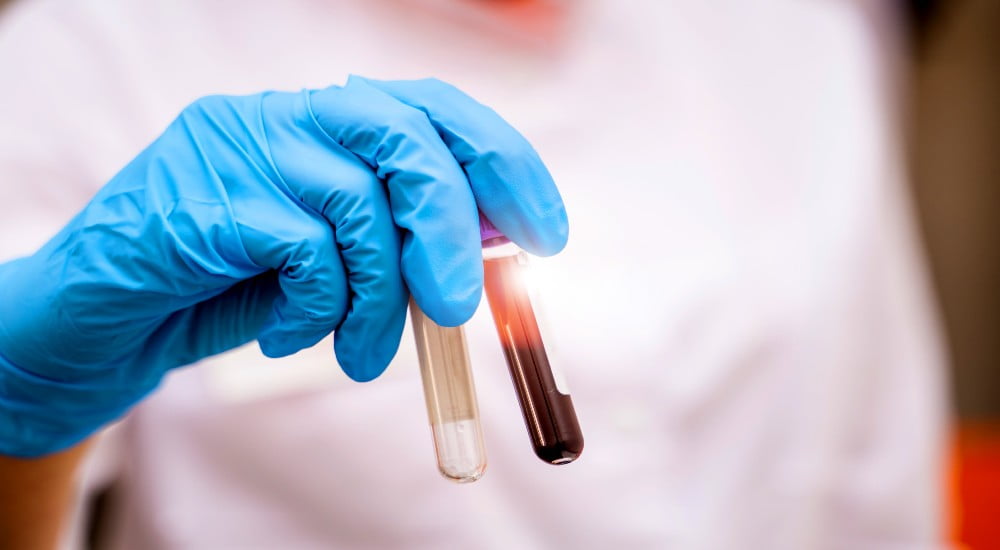
What is the Content of PRP Application?
The main task of platelets, which are the cells found in all humans, is to ensure blood coagulation. Platelet cells, which are available in an average of 300 thousand in 1 ml of blood, have an important role in the healing of wounds and cleaning of wounds. The growth factors in them make the cell repair properties of platelet cells functional.
For the treatment of PRP, the blood taken from the patient is processed and injected into the application area. In the skin rejuvenation process with PRP injection, the blood and platelet-rich plasma injected into the application area eliminates the skin problems in the required area with the growth and repair factors it contains.
The person’s own blood is separated by centrifugation and filtration using a special machine, so that the platelet-rich part of the blood is exposed. The achieved platelet-rich tissue is injected into the application site using fine-tipped needles. Since local anesthesia is performed before the procedure, which is performed in a sterile environment, the patient does not feel any pain.
With the application of the PRP method, the skin is repaired in its own natural process and by using its own mechanism. Collagen formation is supported. Since no external substance is injected, it is not possible to have an allergic reaction. Since it is a very natural and side-effect-free method, the person can continue their daily life after PRP injection. After the PRP injection, a slight redness, swelling, bruising, and pain may occur in the application area. However, these conditions are extremely mild and temporary.
Within the scope of the PRP procedure, it takes an average of 40-50 minutes to inject blood into the application area after blood is taken and separated. However, there is no standard treatment plan in the PRP method, and the number of sessions is determined according to the nature of the problem to be treated.
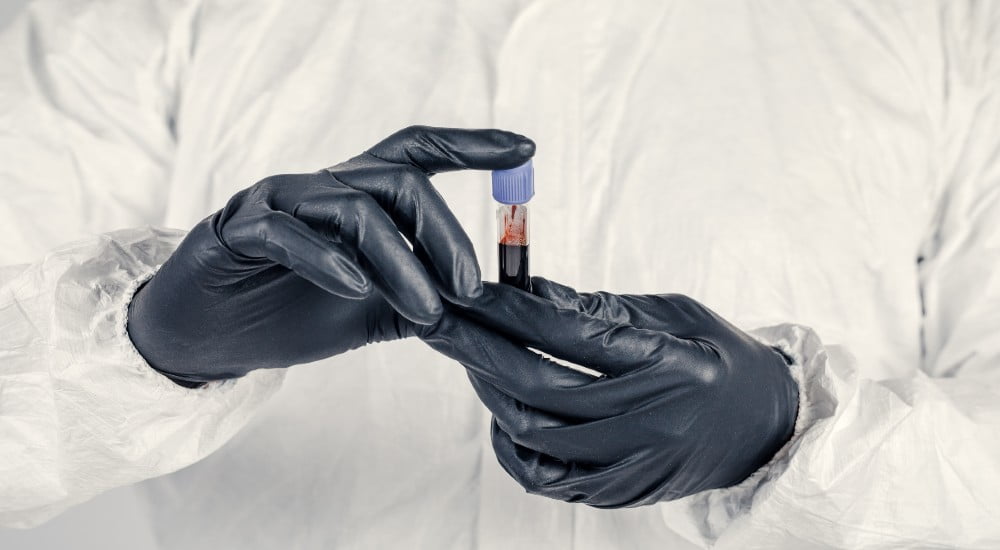
How is PRP Performed?
PRP, which is an effective medical aesthetic procedure, is applied to revitalize the face and to stimulate and renew collagen tissues. Since it can be completed in less than 1 hour, it is considered one of the fastest applications that allow the skin to renew itself. Most patients have a more vibrant, less saggy and wrinkled skin after the injection.
In order to perform PRP application, a small amount of blood is taken from the patient and centrifugation is performed. As a result of this process, the blood in the tubes is separated into its components. The separated part is red blood cells with an average of 200 thousand platelets per millimeter. As a result of this process, PRP gel with platelet density up to 1.5 million per millimeter is obtained. The treatment is completed by injecting the separated substance into the application areas.
While platelets have functions related to blood clotting, they also produce secretions that have the ability to heal tissue damage. As a result of the injection, the collagen stimulation system is triggered, and natural growth factors that will reverse the effects of tissue damage or aging are delivered to the area. Since the structure of each patient is different from each other, the number of treatments that should be applied to obtain the best result may differ for each patient.
The application areas of PRP injection can be cheekbones, smile lines and areas where different applications have been made before. As a result of the application, collagens are stimulated and the color and brightness of the skin are improved. The effects of the PRP procedure are quite long-lasting. The method, which has regenerative and restructuring advantages, is carried out extremely easily and reliably.
During the application, there is no risk of infection and side effects, as a kit containing the substance obtained from the patient’s own blood and a disposable injection and tube is used. PRP, which is a very effective method for removing wrinkles, can be applied to the eyelids, cheeks, neck area, and chin area, as well as the forehead area. Due to the benefits it provides, PRP has the feature of being an extremely effective anti-aging process.
